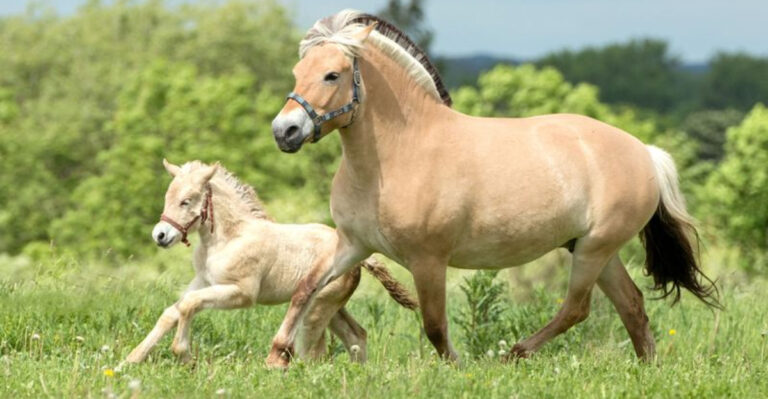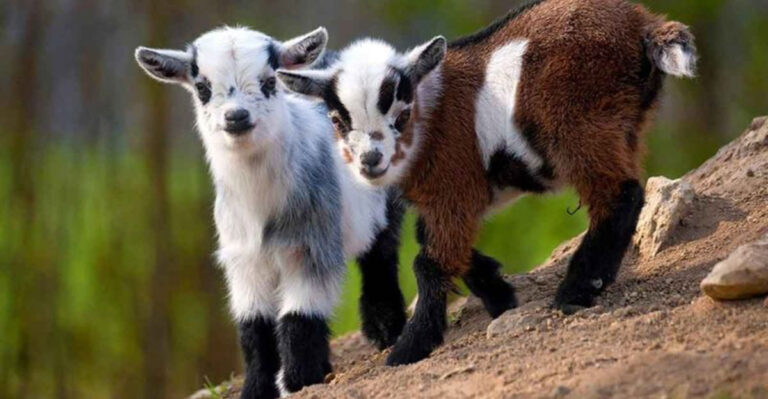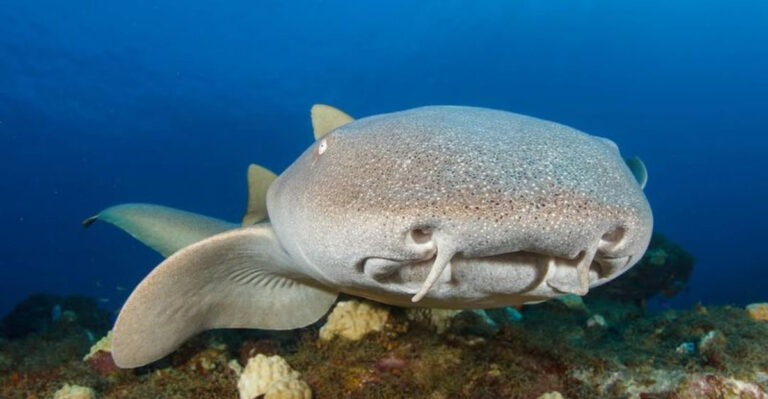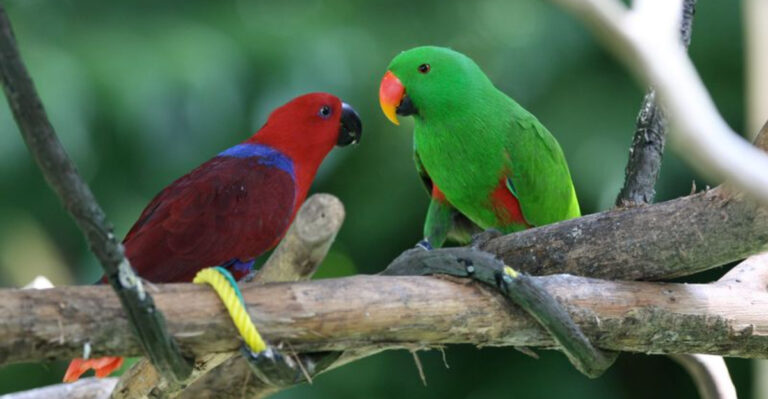13 Most Dangerous Reptiles In North America
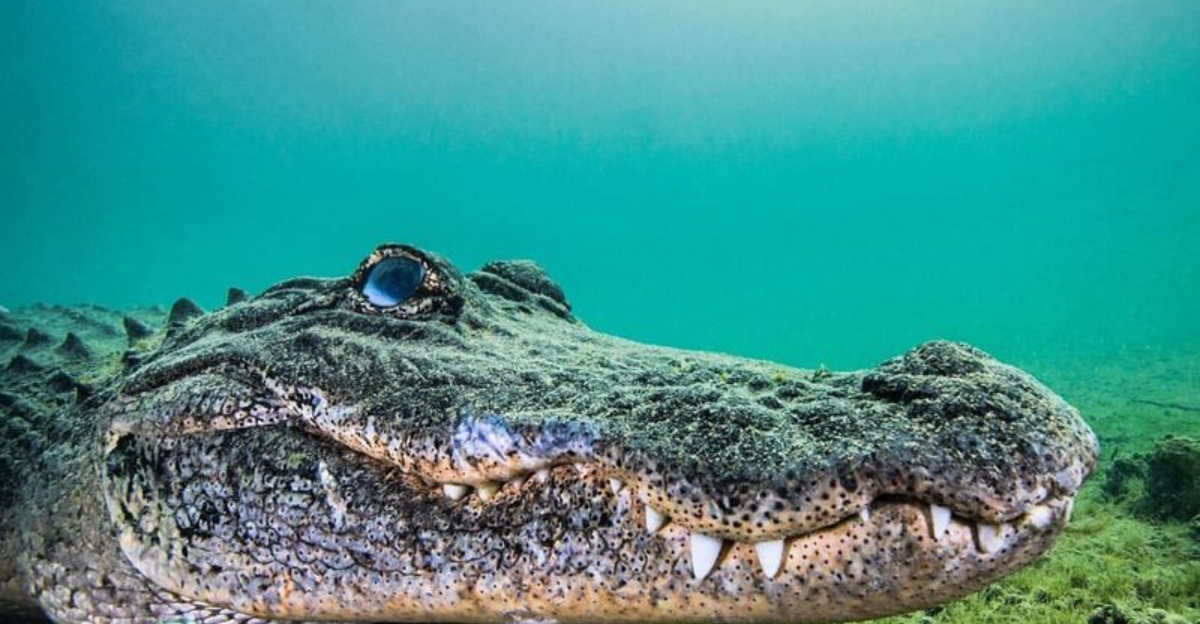
North America is home to a variety of reptiles, some of which are not only fascinating but also quite dangerous. These creatures are often misunderstood, and while encounters with them can be hazardous, they play a crucial role in the ecosystem.
In this list, we’ll explore the most dangerous reptiles found across the continent. Each species has its unique characteristics, habitats, and behaviors that contribute to their notorious reputations.
Whether you’re a seasoned herpetologist or simply curious about these remarkable creatures, this list promises to be both informative and engaging.
1. Eastern Diamondback Rattlesnake
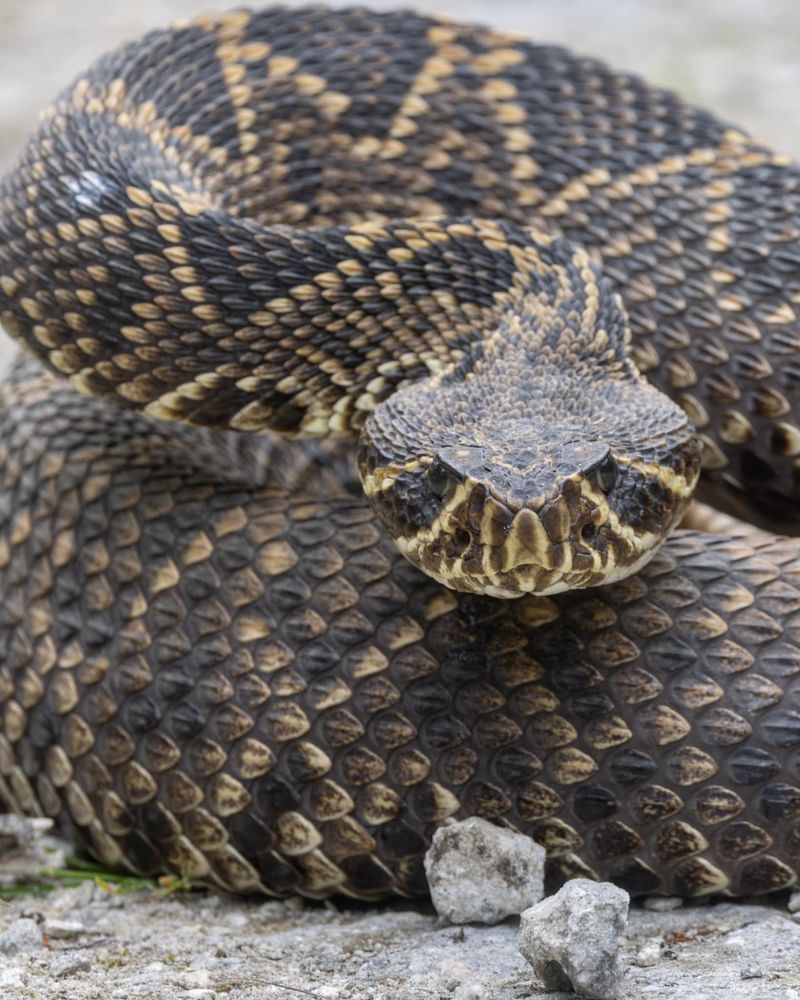
The Eastern Diamondback Rattlesnake holds the title of the largest rattlesnake in North America. This formidable serpent is known for its impressive size and potent venom. Living predominantly in the southeastern United States, it prefers pine forests and coastal scrubland.
Its distinctive diamond pattern makes it easily recognizable. Despite its lethal potential, the Eastern Diamondback is not aggressive unless provoked. It uses its rattle as a warning signal to ward off threats.
These snakes rely on camouflage to avoid human detection and prefer retreat over confrontation. Conservationists stress the importance of preserving their habitats as they face threats from habitat loss and hunting. If encountered, it’s best to admire this reptile from a safe distance.
Understanding and respecting their space can prevent unnecessary conflict. Their role in controlling rodent populations highlights their ecological significance.
2. American Alligator
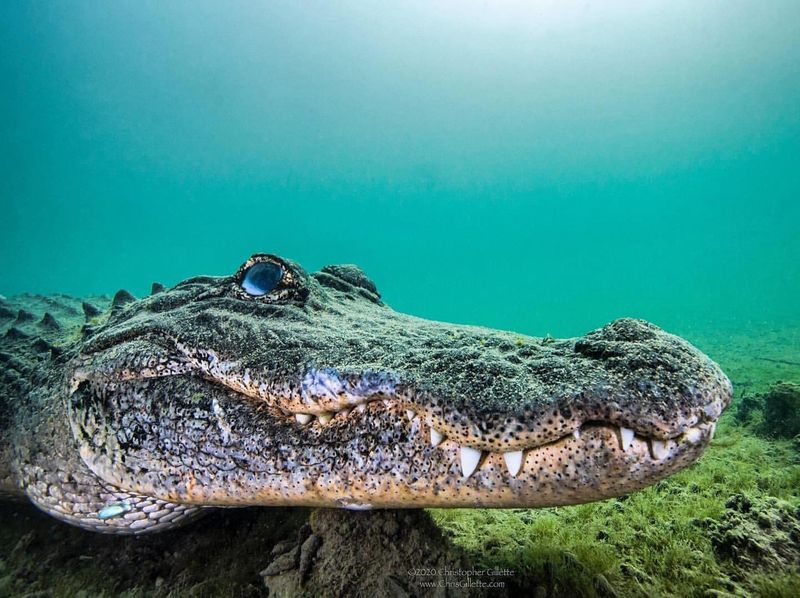
The American Alligator, a symbol of the southeastern United States, reigns as one of the most intimidating reptiles. These magnificent creatures inhabit freshwater environments like swamps, marshes, and rivers.
Known for their powerful jaws and muscular tails, alligators are apex predators within their ecosystems. Alligators play a critical role in maintaining the balance of their habitats.
They help control the populations of prey species and create “alligator holes” that provide water for other organisms during dry spells. Despite their fearsome reputation, alligator attacks on humans are rare. Most encounters occur when humans encroach into their territory.
It’s vital to exercise caution and respect local guidelines when near alligator habitats. By appreciating their role in the ecosystem, we can coexist safely with these ancient reptiles.
3. Western Diamondback Rattlesnake
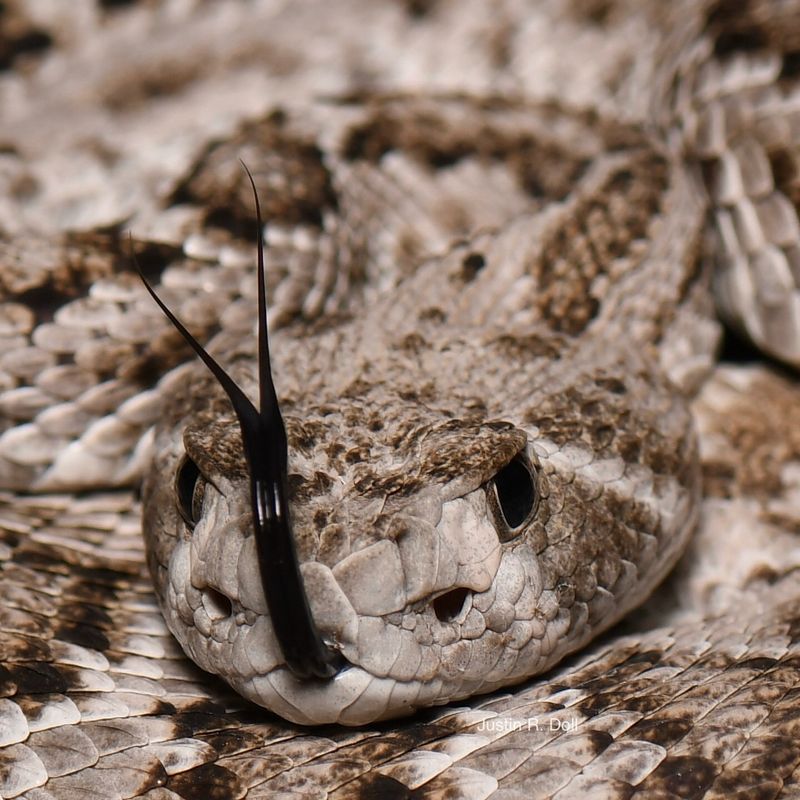
A notable resident of the southwestern United States, the Western Diamondback Rattlesnake commands respect. This snake’s distinct diamond pattern and rattle serve as warnings to potential threats. Found in deserts, grasslands, and rocky outcrops, it is well-adapted to arid environments.
The Western Diamondback’s venom can cause significant harm, making prompt medical attention crucial in the event of a bite. These snakes, however, often avoid human contact, using their rattle to deter rather than attack.
Education about their behavior can reduce fear and misconceptions. It’s essential to be vigilant when hiking in their habitats, staying on trails and avoiding tall grass. Conservation efforts are vital to ensure the survival of this iconic desert dweller. Respecting their space allows for peaceful coexistence.
4. Cottonmouth (Water Moccasin)
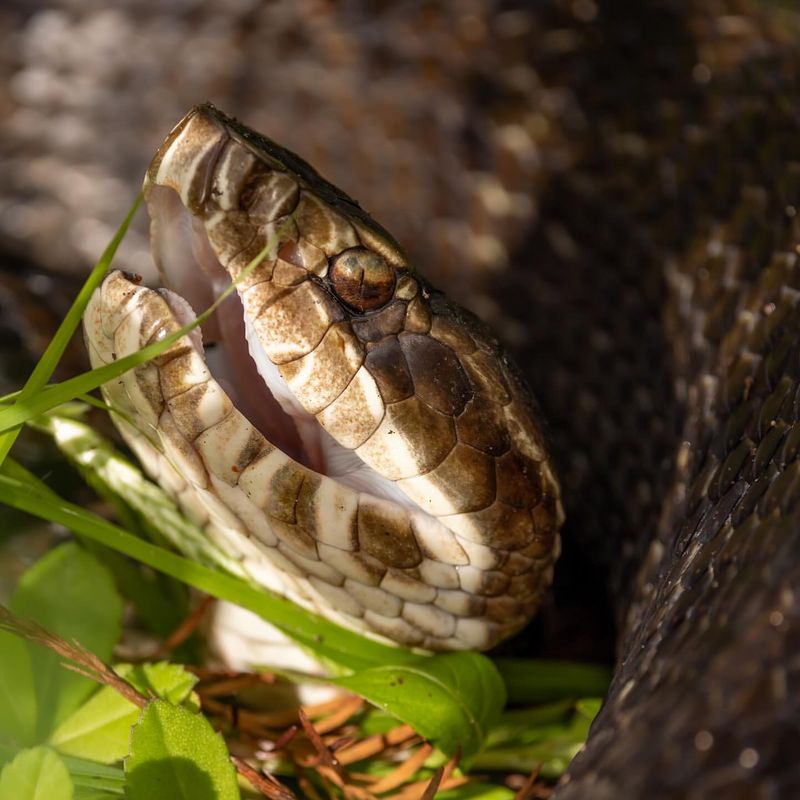
The Cottonmouth, or Water Moccasin, is a venomous snake found in the southeastern United States. Its preference for aquatic environments like swamps and marshes makes it unique among venomous snakes. Recognizable by its thick body and distinctive “cottonmouth” display, it’s a master of intimidation.
Despite their menacing appearance, Cottonmouths are not typically aggressive unless threatened. Their venom is potent, capable of causing serious injury. When threatened, they often stand their ground, opening their mouths to reveal the white inside as a warning.
Awareness and education about their behavior can prevent negative encounters. Wearing boots and staying vigilant near water bodies can minimize risks. Understanding their ecological role in controlling fish and amphibian populations fosters appreciation for these misunderstood reptiles.
5. Gila Monster
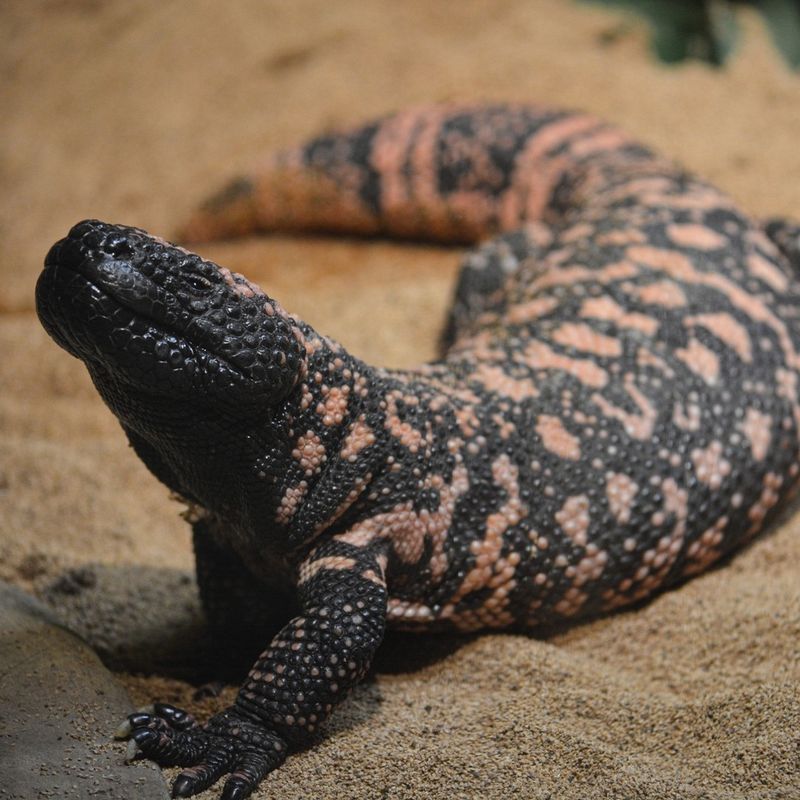
The Gila Monster, native to the southwestern United States, is one of two venomous lizards found in North America. This slow-moving reptile is easily identified by its vibrant orange and black skin.
Preferring arid desert regions, it spends much of its life in burrows. Gila Monsters have a fearsome reputation, but bites to humans are rare due to their reclusive nature. Their venom is not typically life-threatening but can cause intense pain.
These lizards use venom primarily for subduing prey rather than defense. Education and respect for their habitats can prevent unwanted encounters.
Observing these creatures from a distance minimizes risks. Conservation efforts focus on habitat preservation as urban development encroaches on their natural environment. They serve as a reminder of the desert’s unique biodiversity.
6. Mojave Rattlesnake
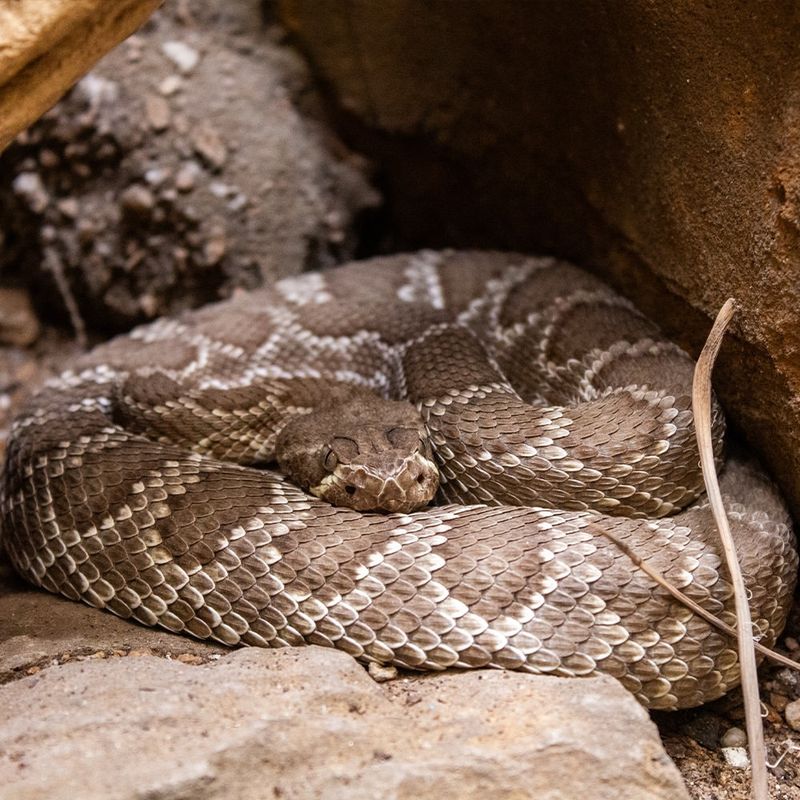
The Mojave Rattlesnake, known for its potent venom, inhabits the deserts of the southwestern United States. Often called the “Mojave Green” due to its coloration, this snake is a master of camouflage among desert shrubs.
With venom more toxic than most rattlesnakes, the Mojave Rattlesnake demands caution. Its bites require immediate medical attention. Despite its dangerous venom, it prefers to avoid conflict, using its rattle as a warning system.
Hiking in Mojave habitats requires vigilance. Wearing protective clothing and staying on marked paths can reduce the risk of snake encounters. Conservation efforts aim to protect their environment from human encroachment, ensuring this species thrives.
7. Copperhead
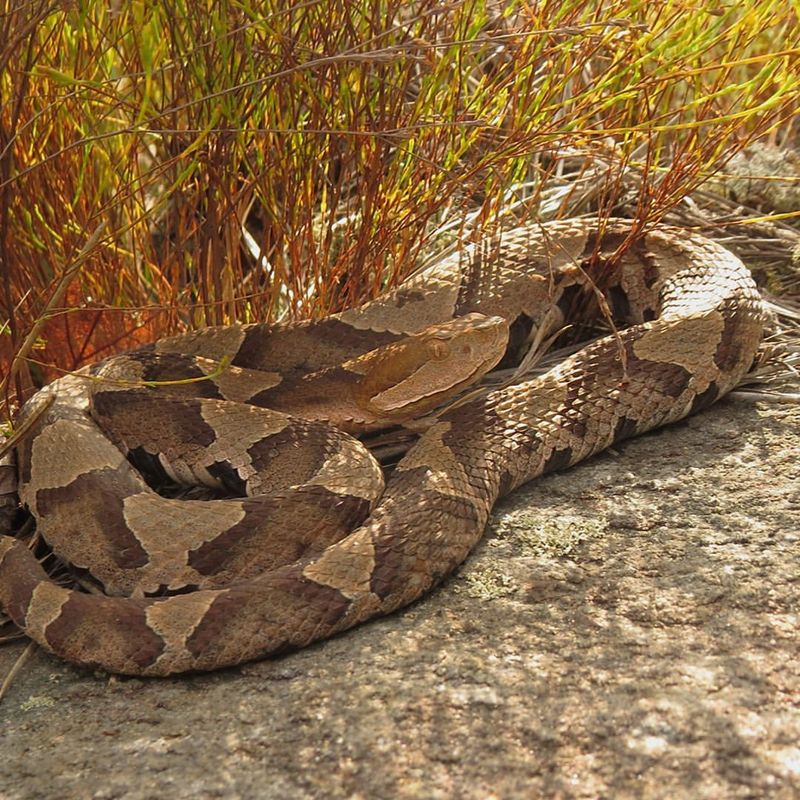
The Copperhead is a pit viper found in the eastern United States, known for its distinctive copper-colored head. This venomous snake prefers wooded hillsides and rocky outcrops, where its coloring provides perfect camouflage.
Copperheads rely on their stealth rather than aggression, often remaining still to avoid detection. Their venom is less potent compared to other pit vipers, yet their bites can cause significant discomfort and require medical attention. Awareness and respect for their habitats can prevent negative encounters.
Hiking carefully through leaf-strewn areas and wearing boots can reduce risks. By understanding their behavior and ecological role, we can coexist with these reptiles, appreciating their contribution to controlling rodent populations.
8. Timber Rattlesnake
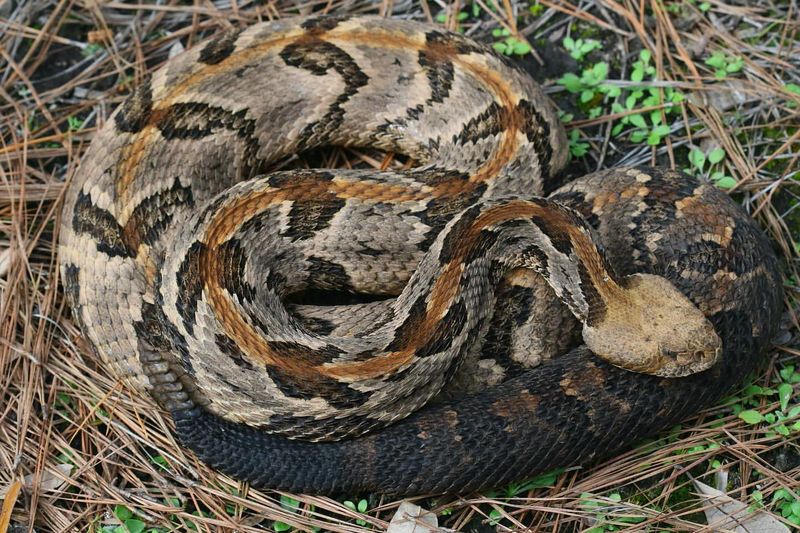
The Timber Rattlesnake, a majestic serpent of the eastern United States, commands attention with its bold coloration and powerful rattle. Preferring dense forests and rugged terrain, it plays a vital role in controlling small mammal populations.
Despite their imposing presence, Timber Rattlesnakes are shy, avoiding humans and relying on their camouflage for protection. Their venom, while potent, is rarely used aggressively. When threatened, they give ample warning with their distinctive rattle.
Education about their behavior can mitigate fear and ensure safety in their habitats. Hiking with caution and respecting their space fosters peaceful coexistence. Conservation efforts focus on mitigating the impacts of habitat loss due to urban expansion, ensuring these reptiles continue to thrive.
9. Common Snapping Turtle
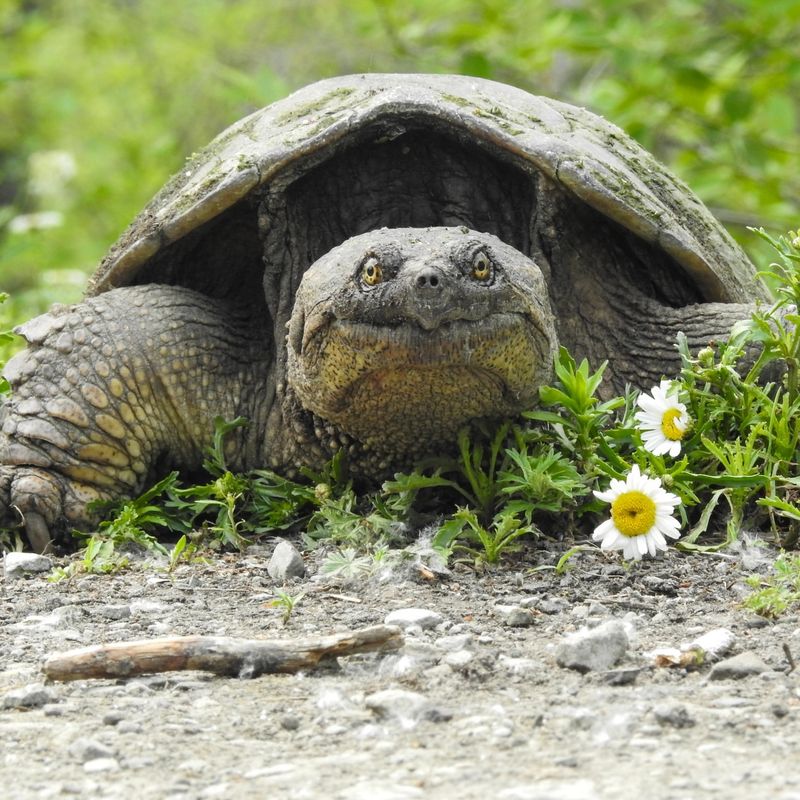
The Common Snapping Turtle, a formidable inhabitant of North American freshwater bodies, is known for its powerful beak-like jaws and aggressive demeanor. These turtles are often found in ponds, lakes, and slow-moving rivers.
Snapping turtles play an essential role in their ecosystem by consuming decaying matter, contributing to water cleanliness. Despite their intimidating appearance, they prefer to avoid confrontation and often retreat when threatened.
Handling snapping turtles requires caution, as their bite can inflict serious injury. Observing them from a safe distance and respecting their space ensures human safety. Conservation efforts focus on preserving their habitats, which are threatened by pollution and habitat destruction.
Appreciating their ecological contributions helps foster a positive perception of these ancient reptiles.
10. Desert Horned Lizard
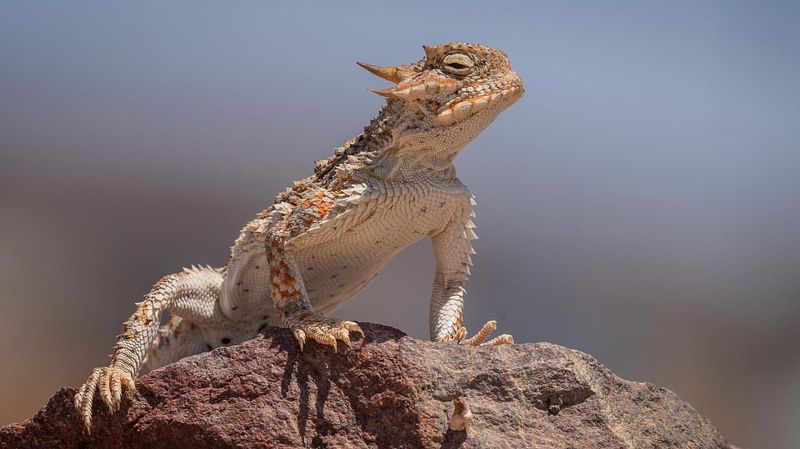
The Desert Horned Lizard, often referred to as the “horny toad,” is a unique reptile of the arid North American deserts. Known for its spiky appearance and remarkable ability to blend into its surroundings, this lizard is a master of camouflage.
Despite its fearsome appearance, the Desert Horned Lizard is harmless to humans. Its primary defense mechanism includes squirting blood from its eyes to deter predators. These lizards primarily feed on ants, playing a role in controlling insect populations.
Understanding their ecological role and unique adaptations encourages conservation efforts. Habitat preservation is crucial as urban development encroaches on their natural environment. Appreciating these intriguing reptiles can inspire efforts to protect their desert homes.
11. Florida Cottonmouth
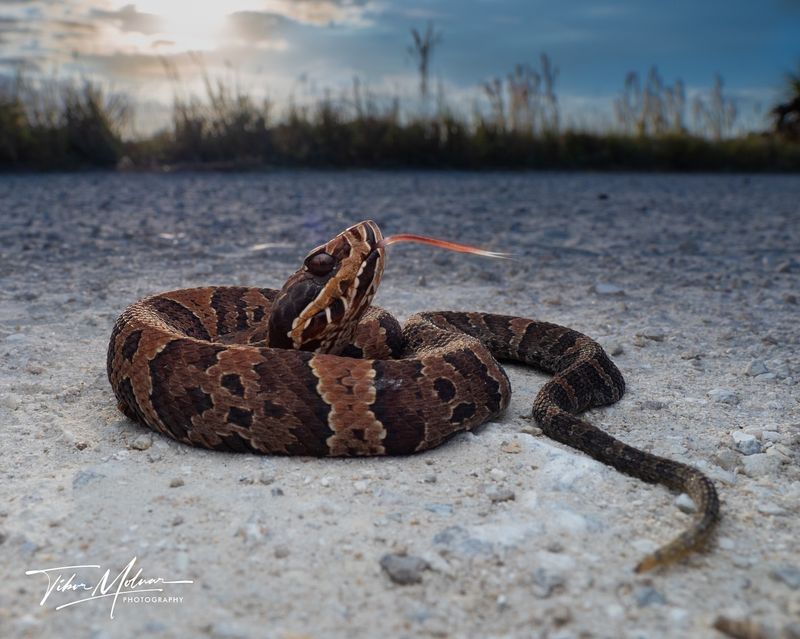
The Florida Cottonmouth, a formidable resident of the southeastern United States, thrives in wetland areas like swamps and marshes. Known for its thick body and menacing display, this snake is often misunderstood.
Cottonmouths exhibit defensive behavior, standing their ground and showing their “cottonmouth” to deter threats. Their venom, while potent, is rarely life-threatening to humans. These snakes play a crucial role in controlling fish and amphibian populations.
Awareness and education about their behavior can reduce fear and prevent negative encounters. Wearing protective gear and staying alert in their habitats can minimize risks. By appreciating their ecological importance, we can foster coexistence with these intriguing reptiles.
12. Spectacled Caiman
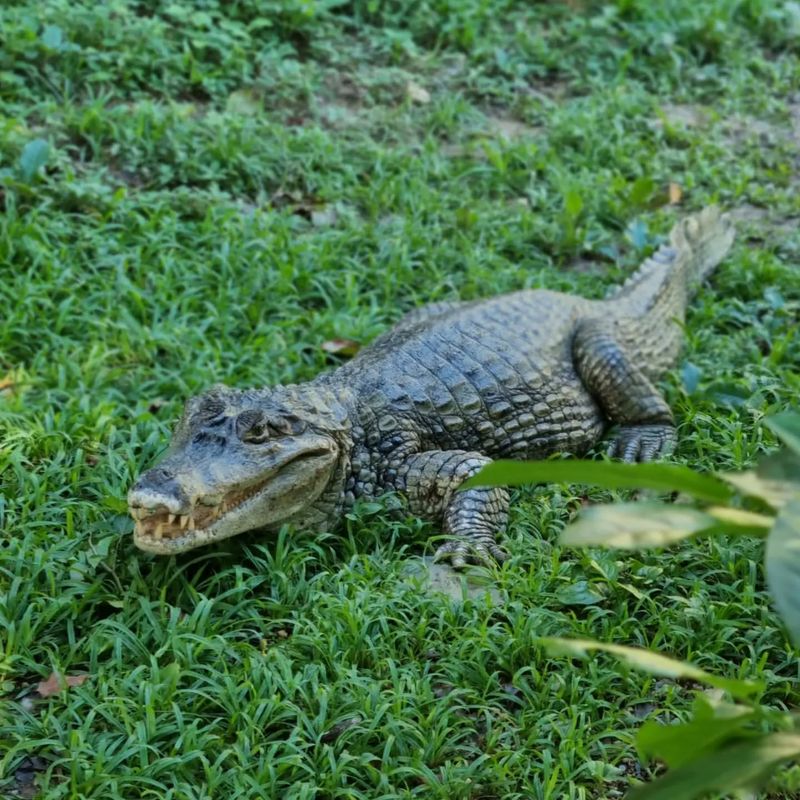
The Spectacled Caiman, an introduced species in North America, is often found near water bodies like rivers and marshes.
Recognizable by the bony ridge between its eyes, this reptile has adapted well to its environment. Caimans are opportunistic predators, feeding on a variety of prey, from fish to small mammals. Their presence in non-native areas impacts local ecosystems, leading to conservation concerns. Efforts to manage their populations focus on protecting native species and ecosystems.
By understanding the ecological challenges they pose, we can develop strategies for coexistence. Observing these reptiles from a distance ensures safety and encourages respect for their role in the ecosystem.
13. Eastern Coral Snake
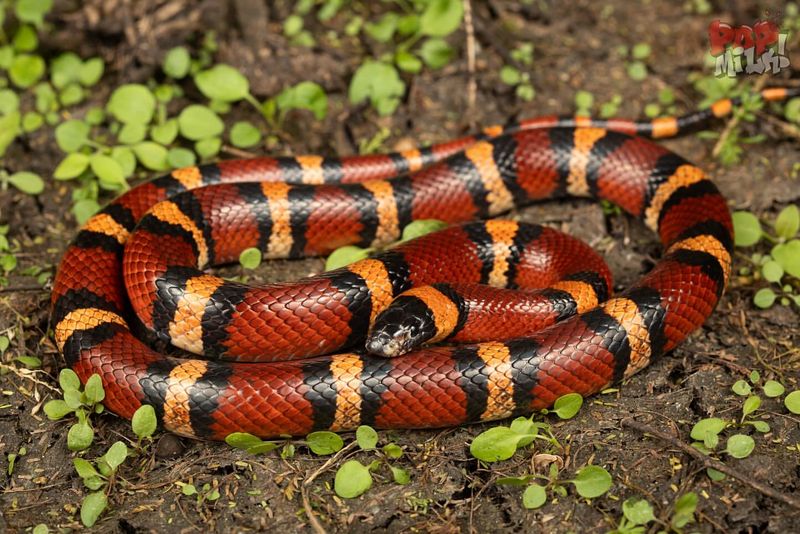
The Eastern Coral Snake, with its vivid coloration, is one of North America’s most venomous snakes.
Found in the southeastern United States, its bands of red, yellow, and black make it easily recognizable. Despite its potent venom, the Eastern Coral Snake is elusive and rarely bites humans. It prefers hiding under leaves and burrows, away from human activity.
The rhyme “Red touch yellow, end a fellow” distinguishes it from non-venomous mimics. Education about their habits and habitats can prevent unnecessary fear. Recognizing their ecological role in controlling pest populations supports conservation efforts.
By respecting these vibrant serpents, we can ensure peaceful coexistence and appreciation for their place in the natural world.

